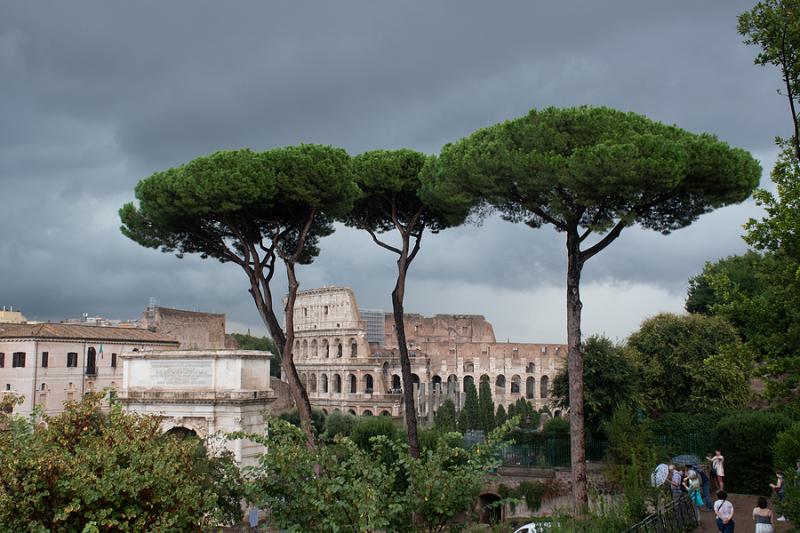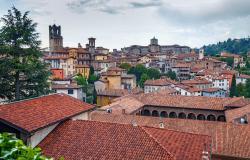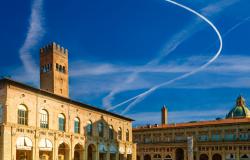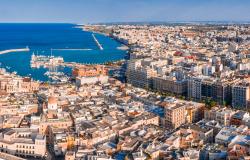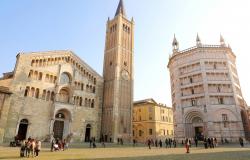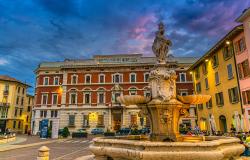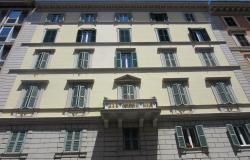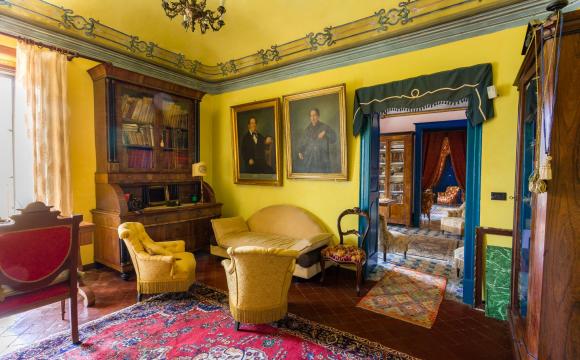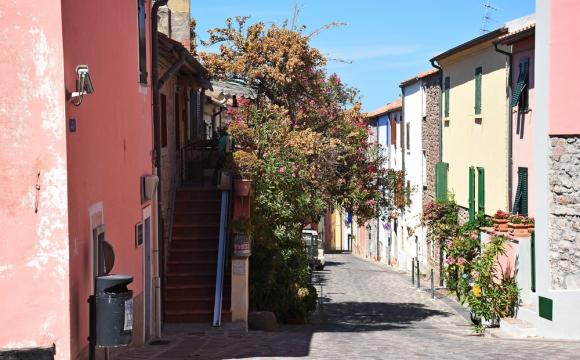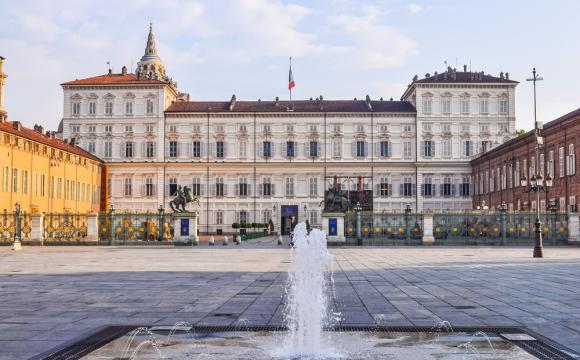Rome’s iconic pine trees, a symbol of the Italian capital and an integral part of the city’s landscape, are at risk of dying.
A parasite from North America, the pine tortoise scale, is said to have infested 80% of Rome’s almost one million pine trees (including coastal areas). It causes the spread of a thick black mould that leads to extreme needle loss.
Earlier this month, environmentalists and Roman citizens protested against the lack of measures to contrast the spread of the parasite, which arrived in Rome three years ago. Since the parasite is non-indigenous, it has no natural predators.
After the protests, regional governor Nicola Zingaretti said that, “The Lazio Region is ready to save the pines of Rome,” announcing that €500,000 have been set aside “to fight the parasite that is destroying the trees.”
Heritage group Italia Nostra, which led the protests in Rome, denounced the delay in facing the issue and said at least €5M would be needed to save the city’s trees.
The parasite originally arrived in the southern region of Campania in 2014, where it has already killed thousands of pine trees all along the coast and beyond. It replicates quickly and is now spreading across Italy.
It is not known how the pine tortoise scale arrived in Italy, although it is likely that it got in through trade with foreign countries, as it happened with other invasive species. The insect spreads from tree to tree through contact among the foliage and through the wind. Experts are still experimenting with ways to kill the parasite.
The pine tortoise scale has been present in Rome since at least mid-2018, when it was found on some pine trees in south-east neighborhood. It then proliferated throughout the city, spreading as far as the pine forest of Castel Fusano, near the mouth of the Tiber river.
Lazio governor Zingaretti said that six million new trees are being planted across Lazio as part of a project called Ossigeno (Oxygen); he clarified that the priority should be saving those that already exist.
Many historic Roman roads, such as the Via dei Fori Imperiali and the Via Appia, are lined with pine trees, set against the backdrop of ancient Roman ruins.
